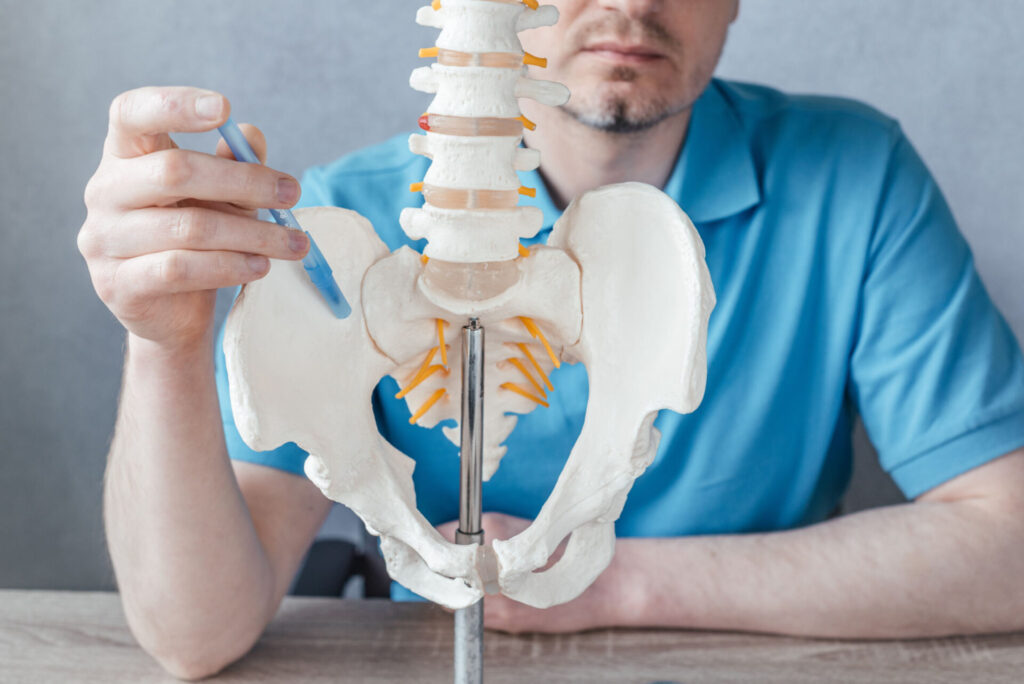
The SI joints, also known as the sacroiliac joints, are where the lumbar spine and iliac bones (pelvic bones) connect. These joints are located on both the right and left sides of the body and are crucial to a person’s movement and function.
When there is SI joint dysfunction, it can lead to significant pain and limitations in mobility. Surgery is not always necessary to resolve these issues, but some cases do require an SI joint fusion.
Reasons to Receive an SI Joint Fusion
SI joint fusions are right for patients who continue experiencing significant issues in their lower back, even after they have exhausted all nonsurgical forms of treatment. Symptoms and conditions that point toward fusion include:
Severe Pain in the Back and Lower Extremities
Malfunctions with the SI joint can cause debilitating pain in the lower back, which sometimes extends to the legs, hips, and groin. SI joint issues can interfere with the delicate and intricate nerves that control the lower half of the body, causing a patient to experience nerve pain either unilaterally or bilaterally in the back, around the pelvic area, and possibly throughout the sciatic nerve (down the back of one or both legs).
There are nonsurgical treatment methods like physical therapy to help resolve the pain in this area, but sometimes a spinal fusion is the best solution.
Spinal Instability at the SI Joint
Spinal instability usually stems from conditions like:
- Degenerative disc disease
- Injury & trauma
- Scoliosis
- Spinal tumors
When there is instability at the SI joint, it becomes difficult and painful to perform everyday tasks like standing, walking, climbing stairs, and actively standing up/sitting down. It also can lead to mobility limitations in the back, legs, and hips. Patients with instability often have difficulty bending at the waist, twisting the spine, moving their hips, and doing other skeletal functions that should be easy to perform.
An SI fusion may be the best option if the nonsurgical treatment methods can’t bring stability or function back. It can work to restore stability in this area, adding ease back into a patient’s daily activities.







